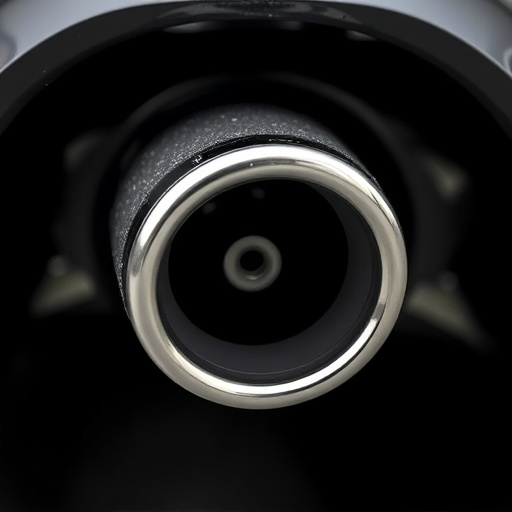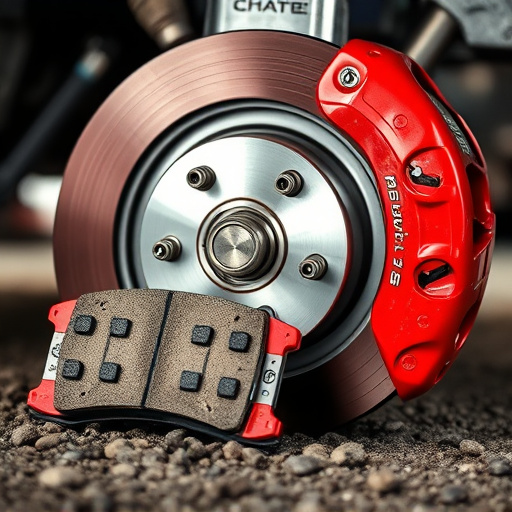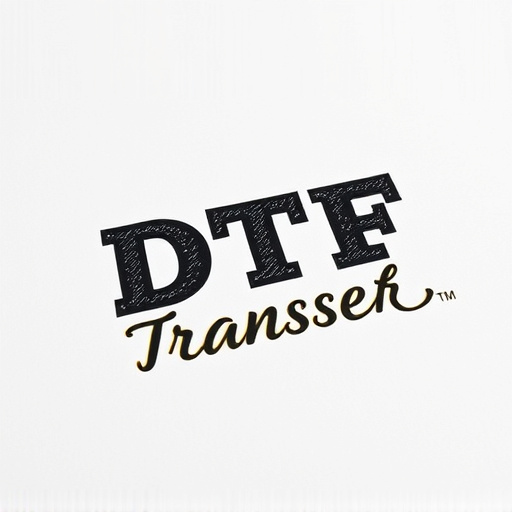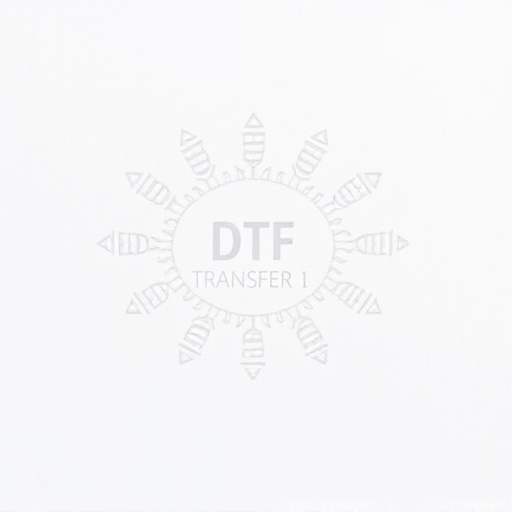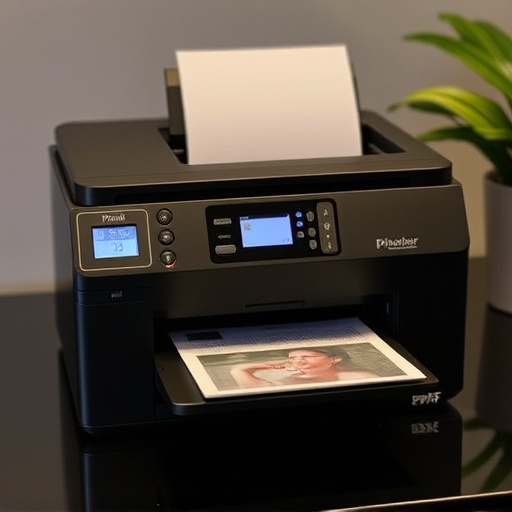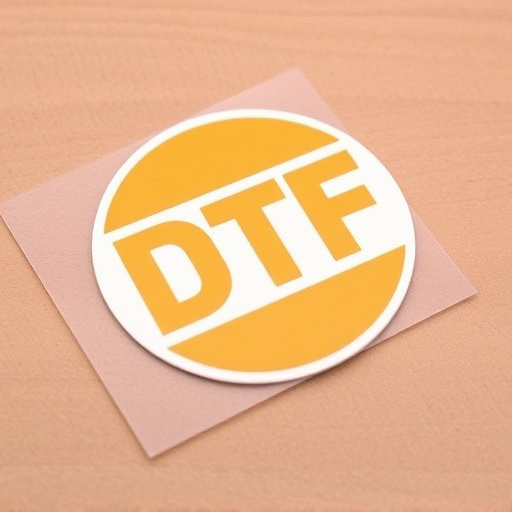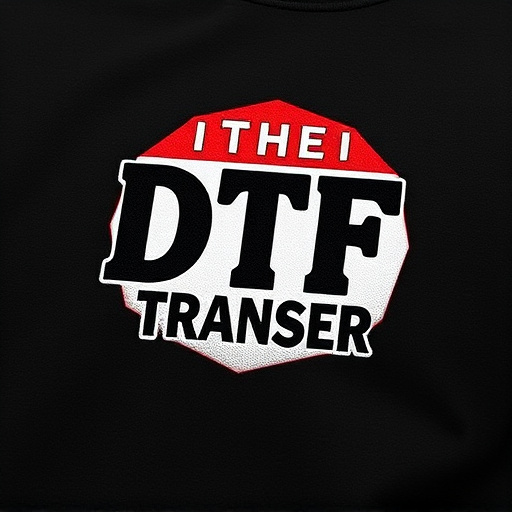Direct-to-film (DTF) printing is revolutionizing customization in signage, packaging, and visual merchandising by directly printing high-resolution graphics on various film materials. This technology offers unparalleled versatility, precision, and color accuracy, enabling the creation of intricate patterns and stunning finishes. DTF is suitable for diverse applications like window decorations and 3D objects, with specialized inks ensuring fast turnaround times and cost-effectiveness. In textiles, it facilitates on-demand printing and rapid prototyping; in packaging, it creates custom labels and enhances branding; while in signage and advertising, it produces visually striking billboards and graphics. Success with DTF depends on selecting appropriate materials and maintaining equipment for optimal results. Looking ahead, DTF aligns with trends towards eco-friendly practices and digital innovation, offering efficient, personalized design solutions that captivate audiences.
“Discover the innovative world of Direct-to-Film (DTF) printing, a game-changing technology revolutionizing personalized design. This cutting-edge method offers unparalleled versatility and creativity in various industries. From its technology fundamentals to the myriad benefits it presents, this article explores how DTF printing empowers unique, high-quality designs. We’ll dive into real-world applications, material selection tips, quality assurance, and glimpse into future trends, showcasing why DTF is a go-to choice for those seeking exceptional, customized prints.”
- Understanding Direct-to-Film Printing: A Technology Overview
- The Benefits of DTF for Personalized Designs
- Applications and Use Cases in Different Industries
- Choosing the Right Materials for Maximum Impact
- Ensuring Quality and Durability of DTF Prints
- Future Trends Shaping Personalized Design with DTF Technology
Understanding Direct-to-Film Printing: A Technology Overview
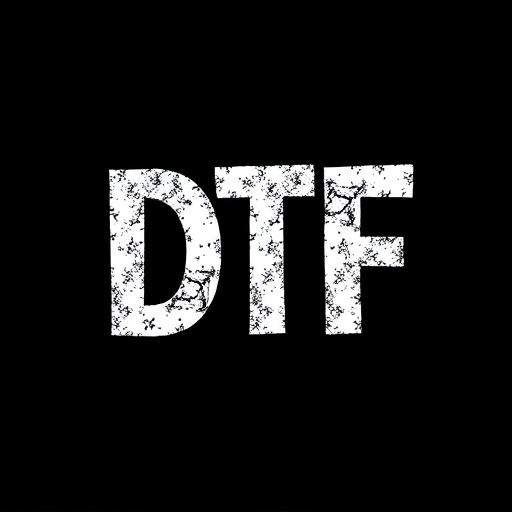
Direct-to-film (DTF) printing is a cutting-edge technology that has revolutionized the way we create and apply personalized designs, especially in the fields of signage, packaging, and visual merchandising. This innovative process eliminates traditional intermediates by printing directly onto various film materials, offering unparalleled versatility and precision.
The DTF method involves advanced printers that use high-resolution digital imaging to transfer intricate patterns and graphics onto flexible or rigid films. These films can then be cut, folded, or molded to suit diverse applications, from window decorations to product labels and even 3D objects. By employing specialized inks and a precise printing mechanism, DTF ensures exceptional color accuracy, vibrant shades, and high-quality finishes, making it an ideal choice for creating eye-catching, customized designs tailored to specific requirements.
The Benefits of DTF for Personalized Designs
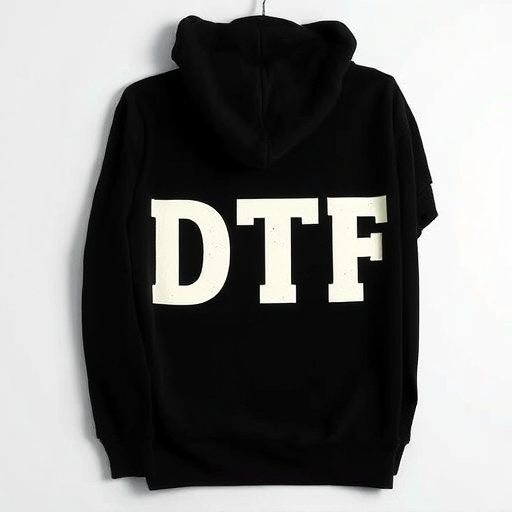
Direct-to-film (DTF) printing technology offers a myriad of benefits for personalized design applications. One of its key advantages is the ability to produce high-quality, full-color prints directly on various materials, from textiles to plastics and metals. This eliminates the need for intermediate steps like film or plate preparation, making it an efficient and cost-effective solution.
DTF printing also ensures exceptional versatility. It can handle complex designs with fine details, bold colors, and intricate patterns, allowing designers to bring their most creative concepts to life. Moreover, this technology provides a fast turnaround time, enabling businesses to meet the growing demand for personalized products in today’s market.
Applications and Use Cases in Different Industries
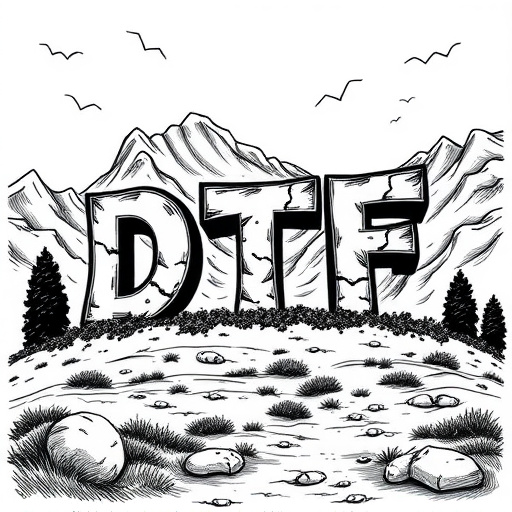
Direct-to-film (DTF) printing technology has found its way into various industries, revolutionizing the way personalized designs are created and applied. One of its key applications lies in the textile industry, where DTF allows for on-demand printing on fabrics, enabling small businesses and artisans to produce unique, made-to-order clothing and accessories. This technology also facilitates rapid prototyping, making it an attractive option for fashion designers exploring new ideas.
Moreover, DTF printing is gaining traction in the packaging sector as a cost-effective method for creating custom labels and wrappings. Its ability to print high-resolution images directly onto various materials offers businesses a versatile solution for product branding and marketing. Additionally, the technology has found use in signage and advertising, enabling companies to produce eye-catching billboards, posters, and window graphics with intricate designs and vibrant colors.
Choosing the Right Materials for Maximum Impact
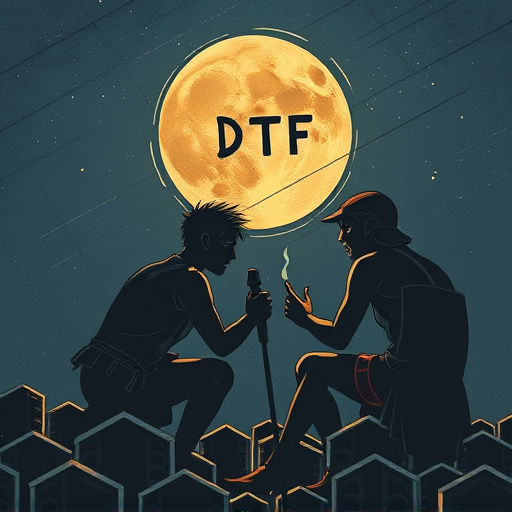
When it comes to personalized designs using direct-to-film (DTF) printing technology, selecting the right materials is key to achieving maximum impact. The first step involves understanding your project’s requirements and the desired outcome. Different materials offer varying levels of durability, shine, texture, and color accuracy, each with its unique advantages. For instance, high-quality vinyl offers excellent longevity and versatility, making it ideal for outdoor signs or durable goods that require resistance to fading and cracking. On the other hand, glossy film can provide a striking, vibrant finish perfect for eye-catching promotional materials or art prints, enhancing visual appeal.
For maximum impact, consider factors like the printing medium’s ability to withstand environmental conditions, its print quality, and how it interacts with the design elements. DTF technology allows for precise color matching and intricate detail reproduction, so choosing materials that complement these capabilities can result in exceptional final products. Ultimately, the right material selection ensures your personalized designs not only look stunning but also stand the test of time, making them effective tools for branding, marketing, or artistic expression.
Ensuring Quality and Durability of DTF Prints

Direct-to-film (DTF) printing technology offers unparalleled customization, but ensuring quality and durability is paramount for long-lasting results. To achieve this, printers must carefully select high-quality inks and substrates suitable for the DTF process, as these choices directly impact the final product’s vibrancy and longevity. Proper setup and calibration of printing equipment are also crucial, as slight misalignments can lead to inconsistencies in ink deposition and print quality.
Beyond initial setup, maintaining consistent maintenance schedules for printers and regularly testing inks ensures optimal performance. Additionally, applying protective coatings or laminates after printing further enhances durability against fading, scraping, and other environmental factors. By adhering to these best practices, DTF technology can deliver stunning, personalized designs that stand the test of time.
Future Trends Shaping Personalized Design with DTF Technology
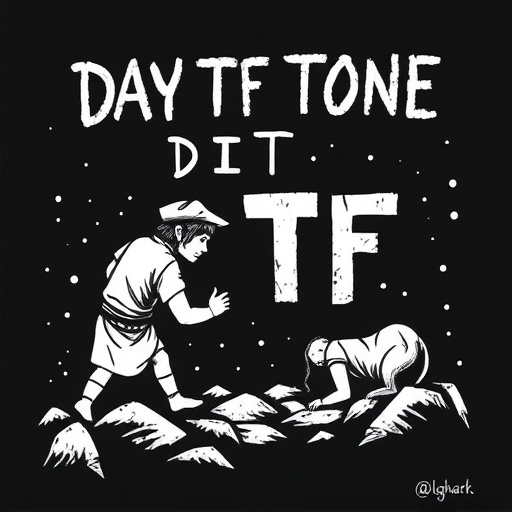
The future of personalized design is bright, and direct-to-film (DTF) printing technology is at the forefront of this revolution. As consumer demands for unique, tailored products continue to rise, DTF printing offers an innovative solution for brands looking to stay ahead of the curve. With its ability to print directly onto various substrates, from clothing to accessories, DTF enables the creation of highly customized and on-trend designs with unprecedented speed and efficiency.
Trends such as sustainable materials and eco-friendly practices are also influencing personalized design. DTF printing technology aligns perfectly with these trends by allowing for precise application of prints, reducing material waste, and enabling the use of recycled or organic fabrics. Additionally, advancements in digital design software and AI-driven image optimization are enhancing the customization process, making it easier for brands to create captivating, personalized designs that resonate with their target audiences.





